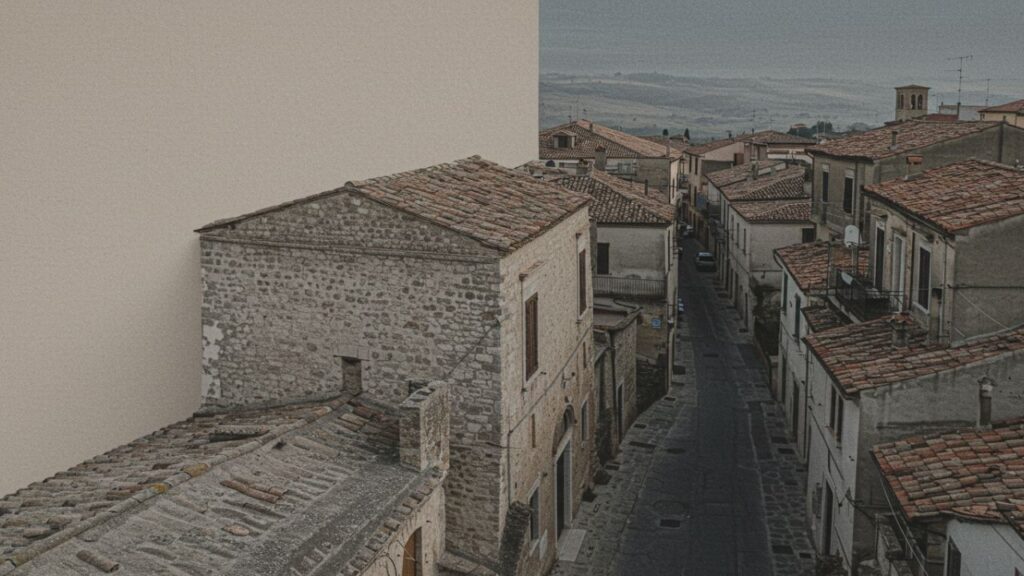Gessolini is more than just a decorative trend—it’s a design philosophy grounded in Italian artistry, minimalist elegance, and tactile beauty. Originating from the Italian word gesso, meaning chalk or plaster, Gessolini refers to a style that emphasizes fine, smooth textures, calming color palettes, and intentional craftsmanship. As sustainability and simplicity continue to shape modern interiors and design choices, Gessolini emerges as a reflection of these values, offering a serene, grounded alternative to flashy trends and overproduced decor.
In this article, we explore the origins, design principles, applications, and cultural significance of Gessolini. We’ll also look at how it’s influencing interior spaces, furniture, fashion, and digital aesthetics, and why this understated style has become a symbol of refined, sustainable living.
Gessolini: Understanding the Term and Its Evolution
The word Gessolini seems to have evolved from gesso, the Italian term for the chalky white substance used as a base coat in painting and sculpture. Artists across Europe, particularly during the Renaissance, relied on gesso to create smooth surfaces for their work. Gessolini, as a concept, has developed into a modern aesthetic that draws from this artistic heritage while embracing minimalist values.
While not an officially defined design category, Gessolini is used among stylists, architects, and online design communities to describe a particular style of interiors and objects: smooth, neutral-toned, textural, and often handcrafted. It’s a visual and tactile response to the noisy, overstimulated environments we often inhabit—favoring simplicity over excess, authenticity over imitation.
Gessolini in Interior Design: Quiet Beauty Through Texture
In interior spaces, Gessolini manifests through surfaces that appear soft yet structured. Walls and ceilings are often finished with plaster or limewash, offering a natural, matte texture that adds warmth without overwhelming the eye. This aesthetic complements modern, rustic, and Scandinavian-inspired homes, especially those with open spaces, natural light, and organic elements.
Key Features of Gessolini Interiors:
-
Lime-based or gypsum plaster finishes
-
Earth-toned or off-white color schemes
-
Minimalistic layouts with open flow
-
Wood, linen, stone, and clay materials
-
Subdued lighting and diffused shadows
-
Absence of loud patterns or synthetic materials
These elements combine to form spaces that feel serene, grounded, and breathable. Gessolini-style rooms are often described as “visually quiet”—they don’t shout for attention, but gently invite it.
Gessolini in Furniture Design
Furniture is a central part of the Gessolini aesthetic. Instead of elaborate carvings or bright colors, Gessolini furniture embraces soft shapes, gentle curves, and tactile surfaces. Some pieces are coated with a thin layer of textured plaster, creating a unique blend of sculpture and functionality.
Common Traits in Gessolini-Inspired Furniture:
-
Neutral tones like beige, taupe, or soft gray
-
Rounded edges and natural forms
-
Use of eco-friendly materials like reclaimed wood
-
Visible textures that encourage touch
-
Aged or distressed finishes for authenticity
The result is furniture that feels timeless and grounded—built to last and designed to support a calm, intentional lifestyle.
Gessolini in Architecture and Sustainable Design
Sustainability is another core pillar of Gessolini. The materials commonly used in this aesthetic—lime plaster, reclaimed wood, natural fibers—are not only beautiful but environmentally conscious. They offer a low-impact alternative to synthetic paints, vinyl surfaces, and mass-produced furniture.
Eco-Friendly Aspects of Gessolini Architecture:
-
Plaster walls that regulate indoor humidity
-
Natural insulation through earth-based materials
-
Reduced need for synthetic finishes or high-VOC paints
-
Durable materials that age gracefully
-
Biodegradable or recyclable components
Architects inspired by Gessolini prioritize quality over quantity. Instead of building large, complex structures, they focus on functional, human-scaled environments that feel welcoming and lived-in.
Gessolini in Fashion and Style
Although primarily rooted in interior and architectural design, Gessolini has begun to influence fashion and personal style. Its principles of simplicity, sustainability, and tactile beauty translate well into slow fashion and capsule wardrobes.
A Gessolini-inspired wardrobe might include:
-
Muted, earthy tones
-
Natural fabrics like linen, wool, and cotton
-
Minimalist silhouettes with flowing lines
-
Handcrafted accessories in raw materials
-
Subtle textures over bright prints
Gessolini fashion emphasizes form and feeling over statement pieces. It’s about clothing that feels good on the skin and aligns with conscious consumer values.
Digital Aesthetics and Gessolini’s Online Influence
As the minimalist aesthetic grows online, Gessolini has found a niche in digital branding and content design. Influencers, web designers, and digital artists are adopting Gessolini’s visual language in websites, social media feeds, and promotional materials.
Hallmarks of Gessolini Digital Design:
-
Soft, desaturated backgrounds
-
Neutral color palettes
-
Textured overlays mimicking plaster or paper
-
Simple serif fonts and understated graphics
-
Calm, mood-driven imagery
These elements help create a digital environment that feels calm and trustworthy, especially in industries like wellness, interior design, and lifestyle branding.
The Cultural Meaning of Gessolini
Beyond its visual and material traits, Gessolini symbolizes a return to slow, intentional living. In contrast to the hyper-consumption of fast fashion and mass-market design, Gessolini encourages us to pause, observe, and choose with care. It speaks to the desire for homes and objects that support mindfulness, environmental stewardship, and personal well-being.
Culturally, Gessolini reflects the global shift toward quality, sustainability, and meaning in how we design and live. It invites us to engage with the spaces and objects we inhabit—through touch, presence, and appreciation.
How to Incorporate Gess-olini at Home
You don’t need to renovate your entire home to embrace Gess-olini. Here are simple ways to introduce this aesthetic into your space:
-
Repaint walls in soft neutrals or apply limewash finishes.
-
Use textured ceramics, handcrafted vases, and linen textiles.
-
Replace synthetic lighting with warm, diffused alternatives.
-
Declutter and curate items that evoke calm and joy.
-
Incorporate reclaimed or handmade furniture.
-
Add plants and natural decor for life and contrast.
Small changes can make a space feel more grounded, inviting, and harmonious. The goal is not perfection, but authenticity.
Gess-olini and the Future of Design
As awareness of environmental issues and mental health increases, Gessolini is poised to become more than just a visual trend—it’s a guiding principle for living and designing better. Architects, artists, and designers are increasingly turning to tactile, sustainable methods that connect us to history, nature, and ourselves.
We can expect Gess olini to appear in:
-
Boutique hotels and retreat centers
-
Mindful product packaging and branding
-
Artisan marketplaces and workshops
-
Sustainable home construction and renovation
-
Digital wellness platforms and publications
Its future lies in blending technology with timeless craft—creating spaces and experiences that soothe rather than stimulate.
Conclusion
Gessolini is more than an aesthetic—it’s an invitation to live well, design with care, and honor the beauty of simplicity. Rooted in Italian craftsmanship and adapted for modern life, it offers a way to reconnect with texture, nature, and personal values. Whether through a plastered wall, a handcrafted cup, or a minimalist wardrobe, Gess olini reminds us that less can indeed be more—especially when it’s made with heart.





